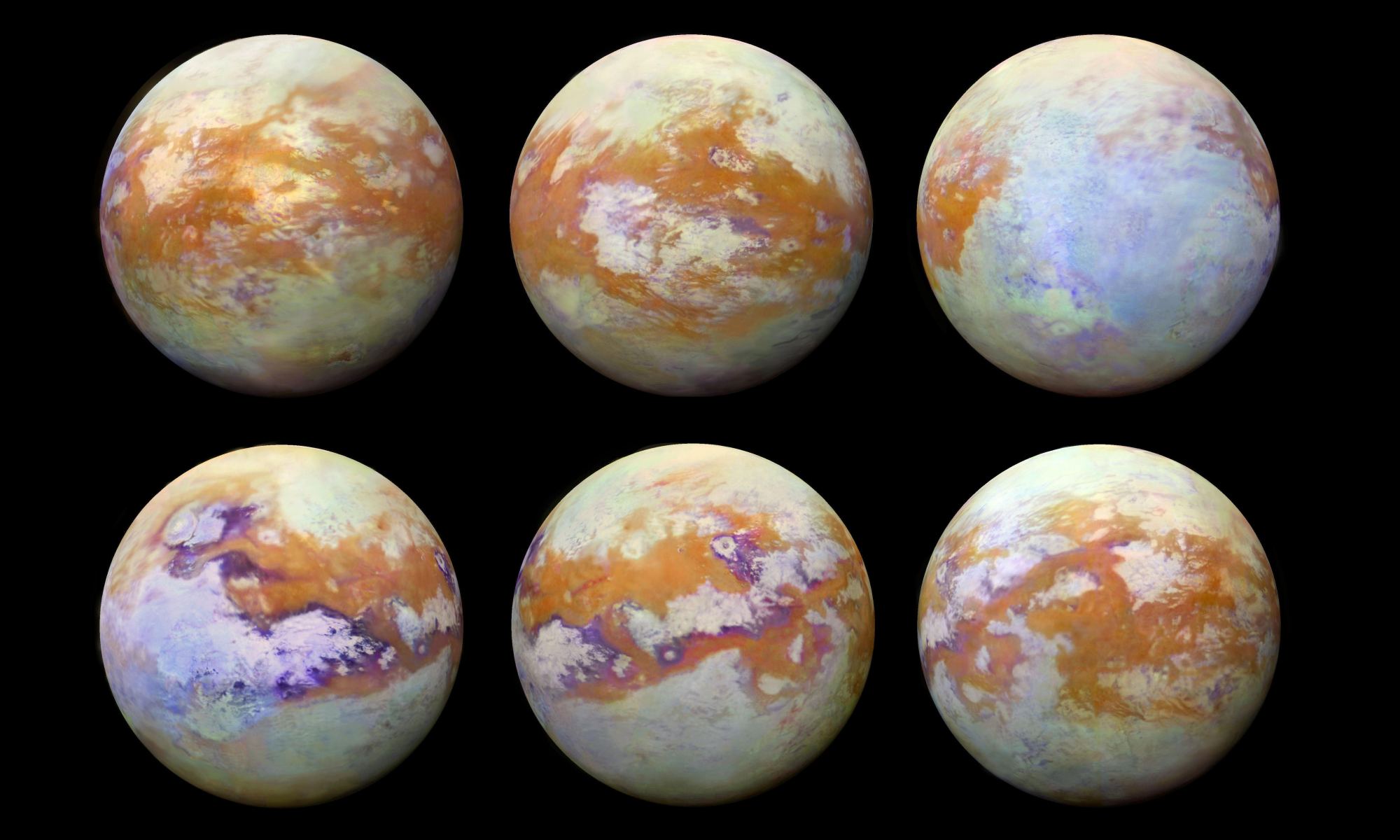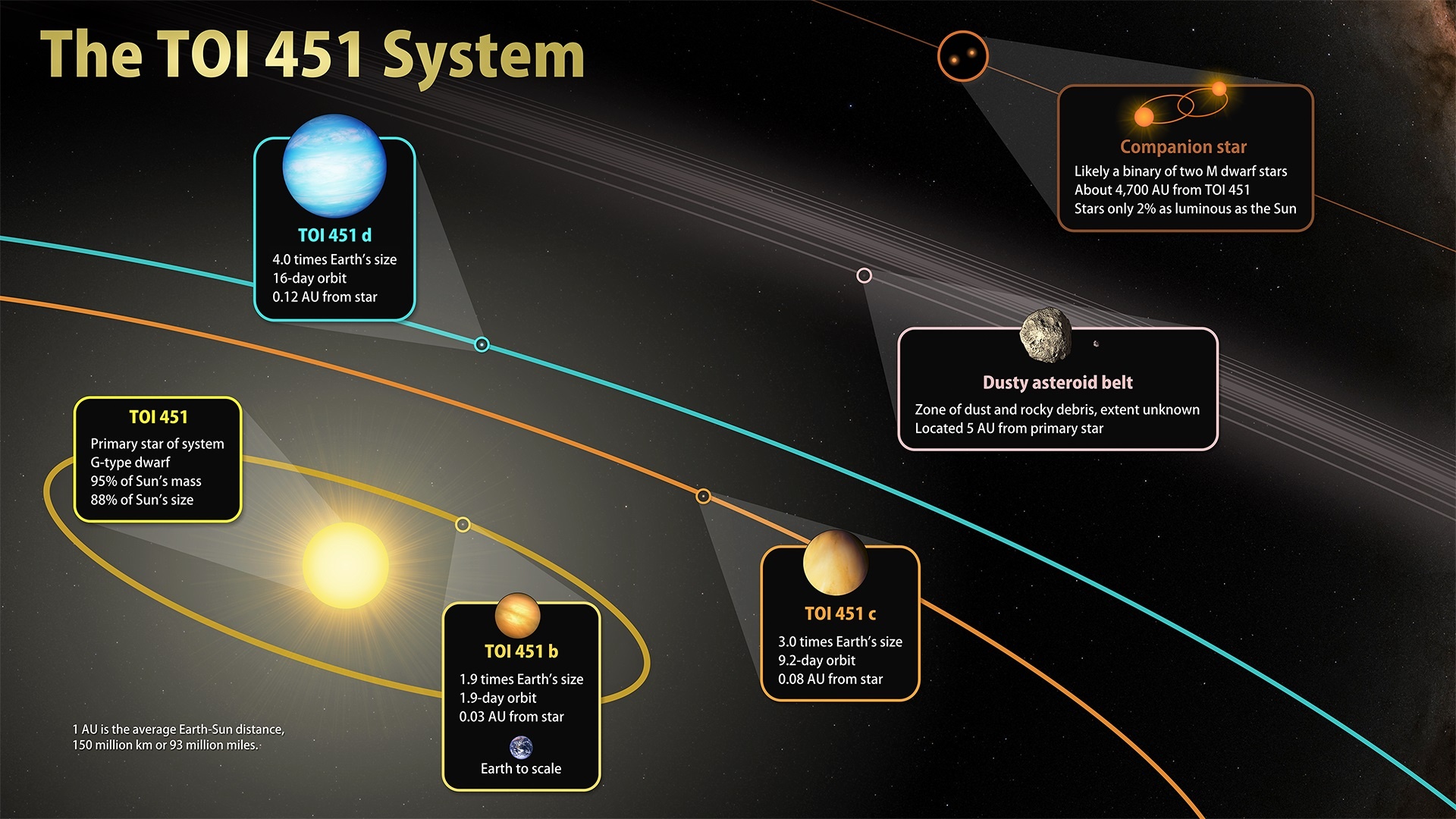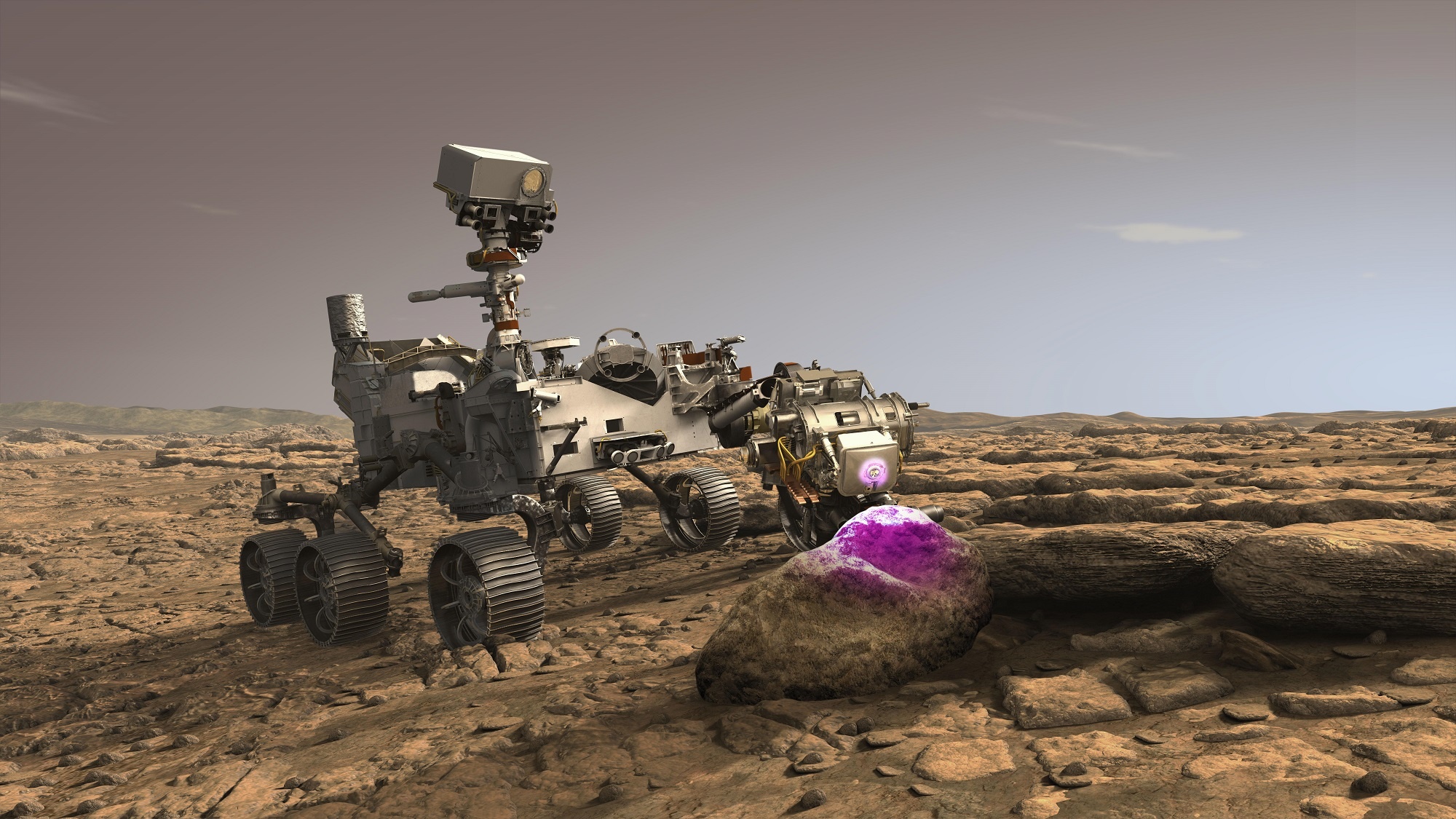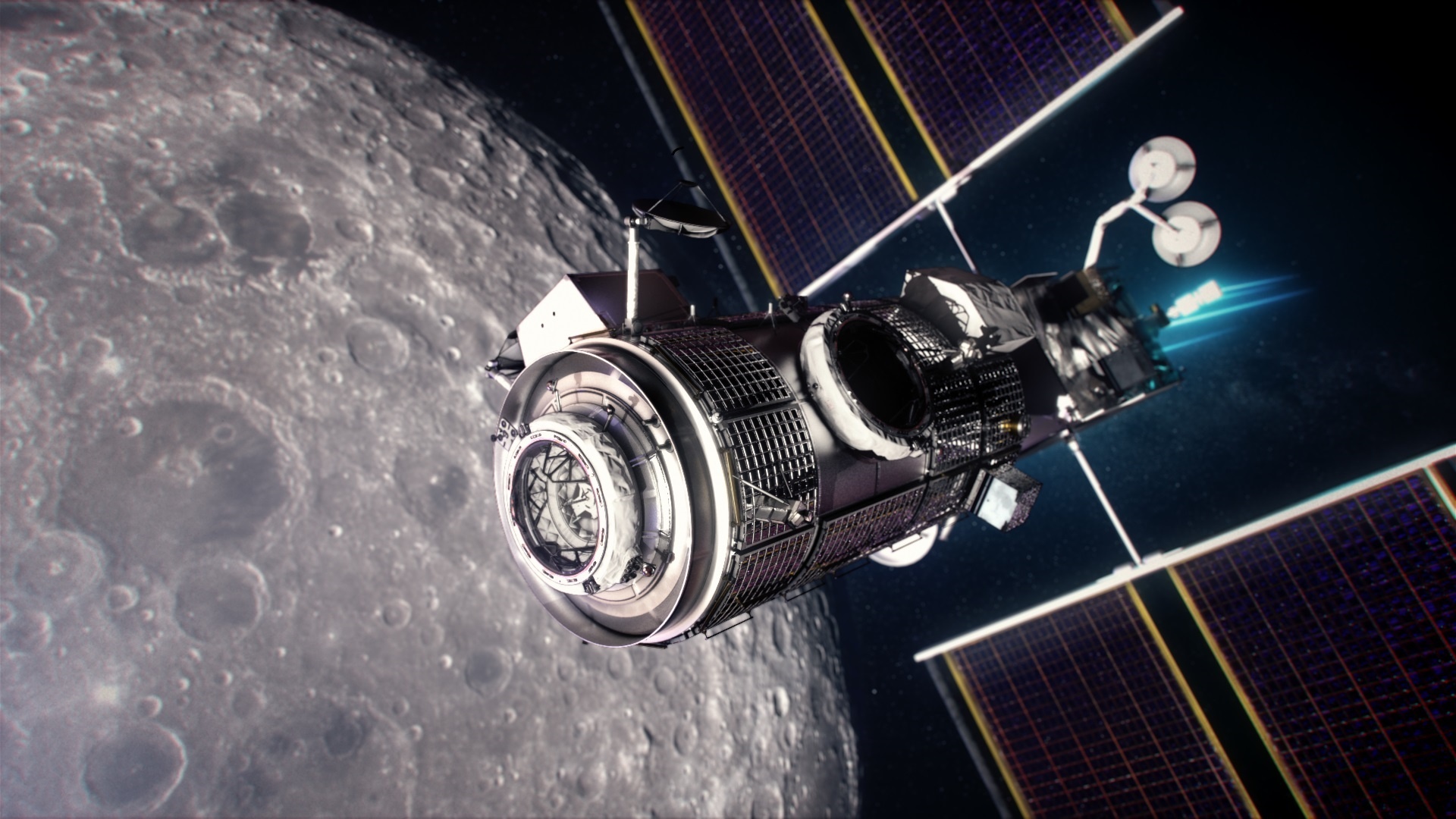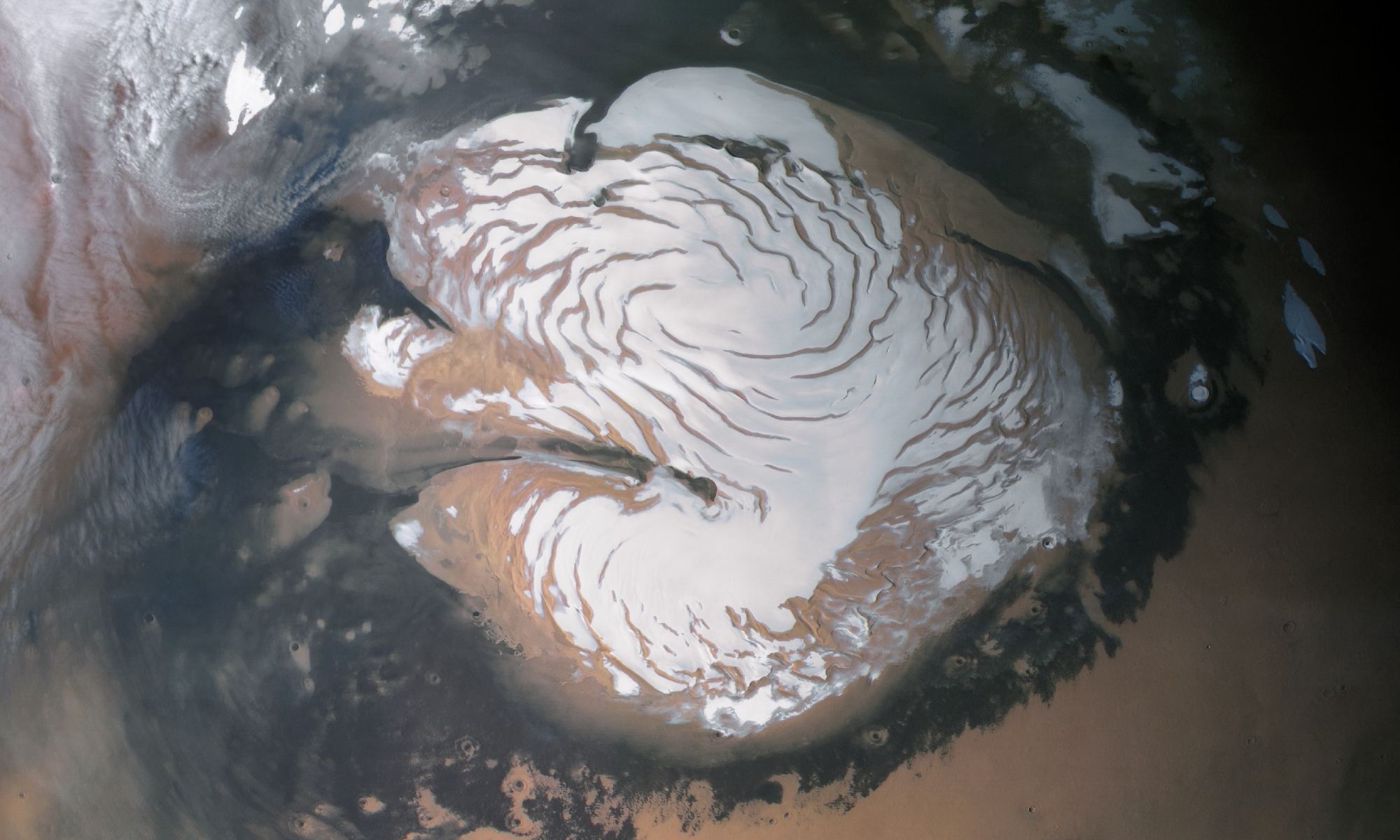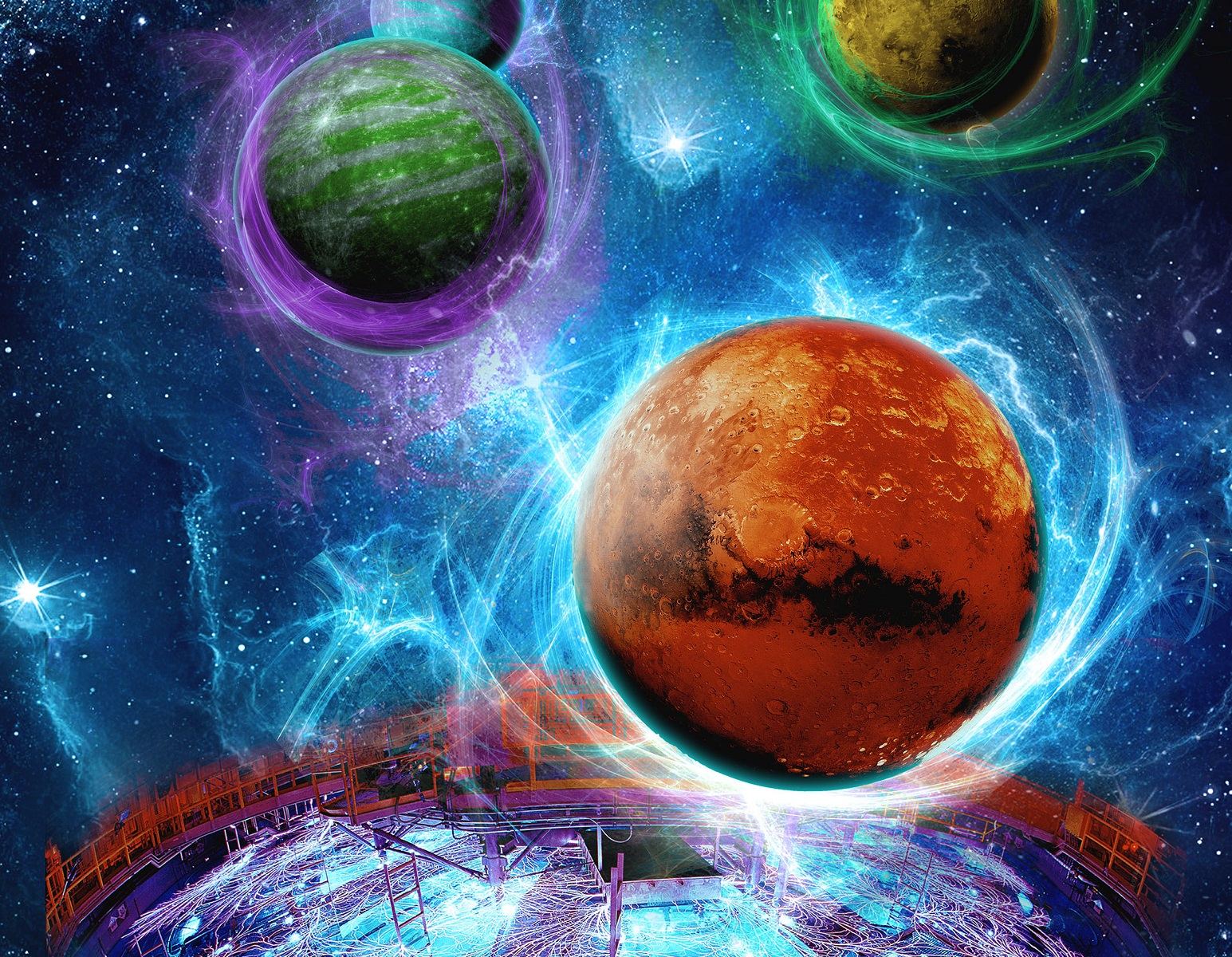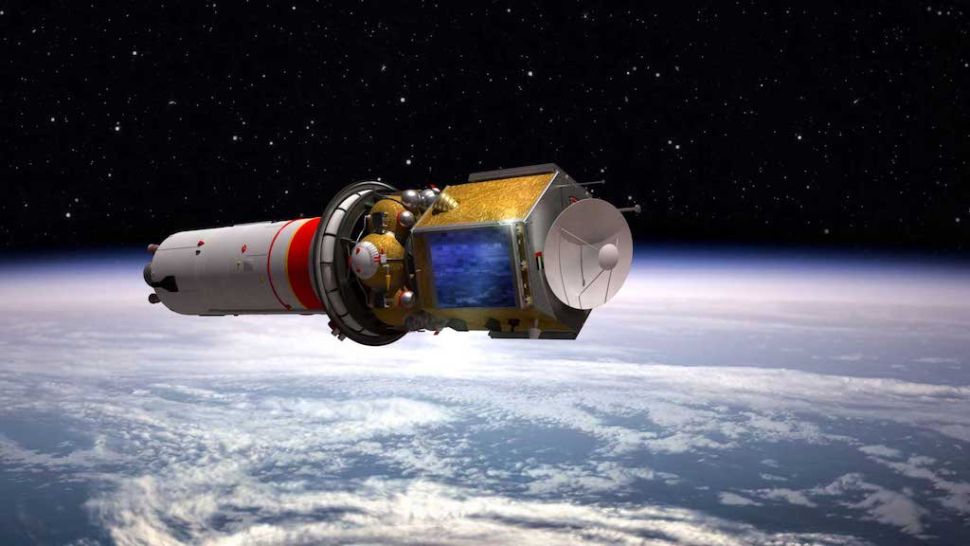On October 19th, 2017, astronomers from the Haleakala Observatory in Hawaii announced the first-ever detection of an interstellar object in our Solar System. In honor of the observatory that first spotted it, this object (designated 1I/2017 U1) was officially named ‘Oumuamua by the IAU – a Hawaiian term loosely translated as “Scout” (or, “a messenger from afar arriving first.”)
Multiple follow-up observations were made as ‘Oumuamua left our Solar System and countless research studies resulted. For the most part, these studies addressed the mystery of what ‘Oumuamua truly was: a comet, an asteroid, or something else entirely? Into this debate, Dr. Shmuel Bialy and Prof. Avi Loeb of the Harvard Institute for Theory and Computation (ITC) argued that ‘Oumuamua could have been an extraterrestrial probe!
Having spent the past few years presenting this controversial theory before the scientific and astronomical community, Prof. Loeb has since shared the story of how he came to it in his new book, Extraterrestrial: The First Sign of Intelligent Life Beyond Earth. The book is a seminal read, addresses the mystery of ‘Oumuamua, and (most importantly) urges readers to take seriously the possibility that an extraterrestrial encounter took place
Continue reading “A Review of “Extraterrestrial” by Prof. Avi Loeb”

